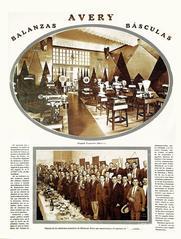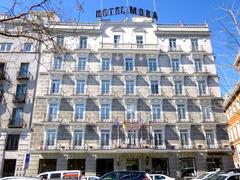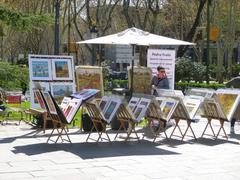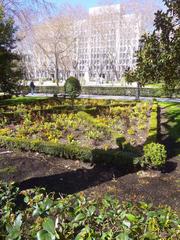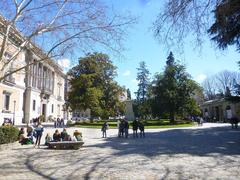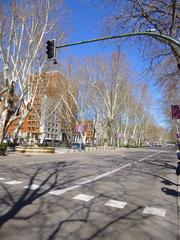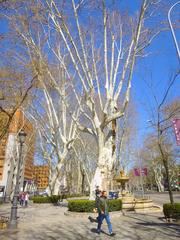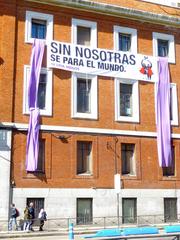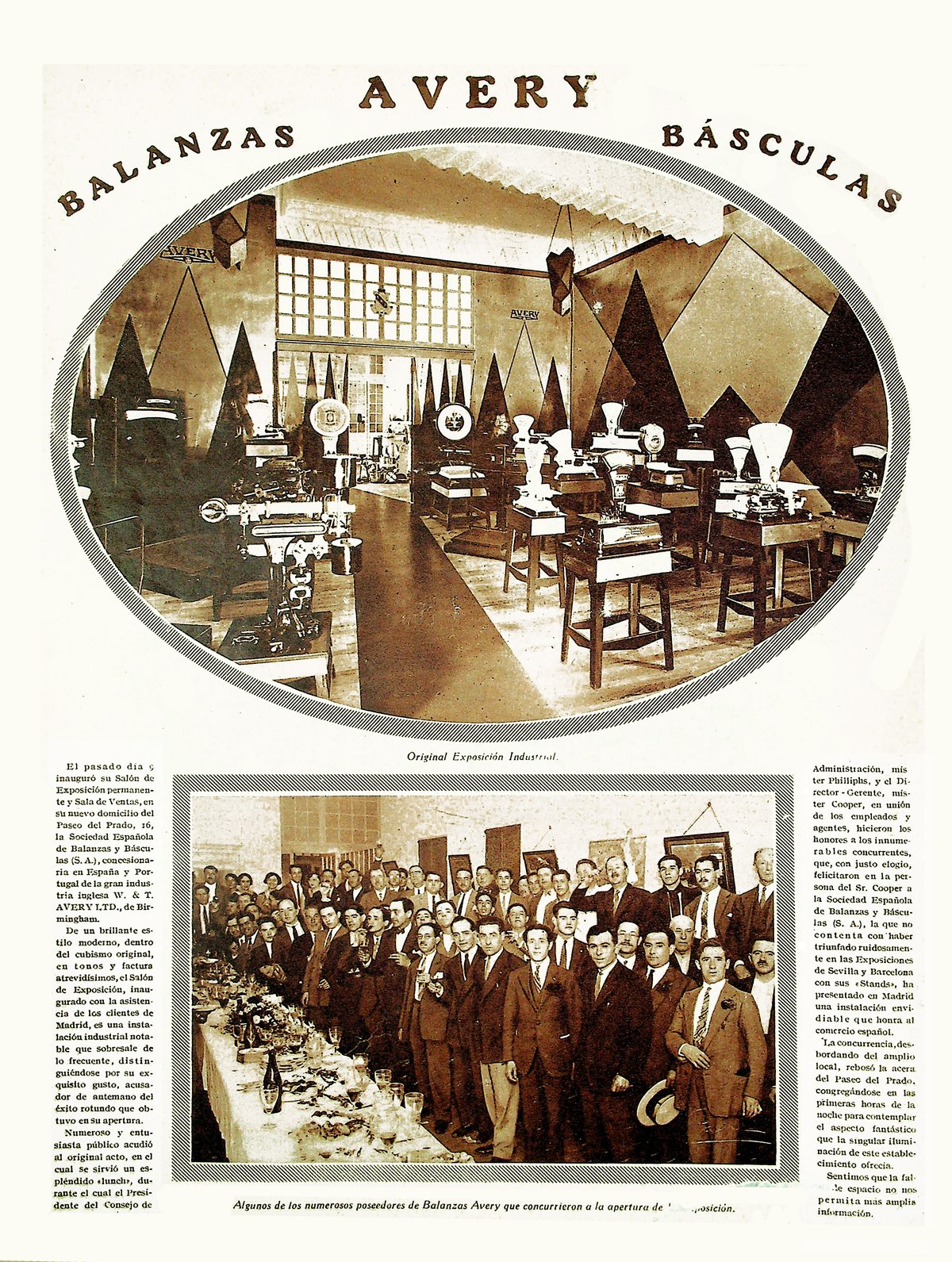
Paseo del Prado Madrid: Visiting Hours, Tickets, and Complete Guide to Historical Sites
Date: 14/06/2025
Introduction: The Heart of Madrid’s Art, History, and Urban Life
Paseo del Prado stands as one of Madrid’s most celebrated boulevards, embodying the city’s intersection of cultural heritage, visionary urban planning, and artistic grandeur. Stretching from Plaza de Cibeles to Plaza del Emperador Carlos V (Atocha), this historic avenue sits at the core of Madrid’s “Golden Triangle of Art” and forms part of the UNESCO-designated “Landscape of Light”—a testament to its blend of nature, public leisure, and monumental architecture (ArchDaily; Spain.info; UNESCO).
Home to world-renowned museums, iconic fountains, lush gardens, and vibrant civic spaces, Paseo del Prado invites visitors to experience Madrid’s layered history and contemporary vitality. This comprehensive guide details the boulevard’s historical evolution, museum visiting hours and ticketing, accessibility, key attractions, and practical tips for a rewarding visit.
Contents
- Introduction
- Historical Background: Origins and Urban Evolution
- Architectural Highlights and Urban Development
- Cultural and Social Significance
- Main Attractions and Museums
- Parks, Fountains, and Squares
- Visiting Hours and Ticket Information
- Accessibility, Transportation, and Visitor Tips
- Frequently Asked Questions (FAQ)
- Conclusion
- Official Sources
Historical Background: From Royal Promenade to UNESCO Landmark
The roots of Paseo del Prado trace back to the late 9th century when Madrid (then Mayrit) was founded under Arab rule. Its status as Spain’s capital was secured in 1561 by King Philip II (Virginia Duran). The area’s transformation began in the 18th century as King Charles III, influenced by Enlightenment ideals, championed urban reforms to create a democratic, green promenade integrating science, art, and leisure (Luxury Travel Diva).
The boulevard’s design, blending neoclassical architecture and tree-lined avenues, became an influential model for city planning in Spain and its former colonies (UNESCO).
Architectural Highlights and Urban Development
Bourbon Reforms and the Birth of the Paseo
The late 18th-century “Salón del Prado” project gave rise to a new kind of urban space—an elegant promenade lined with monumental buildings, fountains, and gardens. The Prado Museum, designed by Juan de Villanueva in neoclassical style, was originally intended for natural sciences before becoming Spain’s premier art gallery (Luxury Travel Diva).
Expansion and Modernization
In the 19th and 20th centuries, the boulevard expanded to showcase Madrid’s cultural and architectural heritage. New museums and public spaces—including the Thyssen-Bornemisza and Reina Sofía—joined the Prado, while contemporary architecture emerged with projects like CaixaForum Madrid (ArchDaily; Virginia Duran).
Ongoing urban regeneration focuses on enhancing walkability, sustainability, and green spaces, notably through projects such as Madrid Río (Madrid Proyecta).
Cultural and Social Significance
Paseo del Prado is the nucleus of Madrid’s “Art Walk” and a gathering place for civic life. As a UNESCO World Heritage Site, it is lauded for integrating nature, culture, and public space in a way that remains vital to city life today (UNESCO). The boulevard’s broad sidewalks, historic fountains, and proximity to neighborhoods like Barrio de las Letras and Gran Vía foster a dynamic atmosphere of creativity and leisure (esmadrid.com; Nomadic Niko).
Main Attractions and Museums
Prado Museum (Museo Nacional del Prado)
Spain’s foremost art museum, housing masterpieces by Velázquez, Goya, El Greco, Rubens, and more. Highlights include:
- Las Meninas (Velázquez)
- The Garden of Earthly Delights (Bosch)
- The Third of May 1808 (Goya) (The Tour Guy; Spanish Sabores)
Thyssen-Bornemisza National Museum
A private collection spanning the 13th to 20th centuries, featuring Dürer, Caravaggio, Van Gogh, Hopper, and more.
Reina Sofía Museum
Showcasing 20th-century and contemporary art, including Picasso’s Guernica, works by Dalí and Miró (Spain.info).
CaixaForum Madrid
A striking example of adaptive reuse and contemporary design, famous for its vertical garden and cultural programming.
Royal Botanical Garden
Established in 1755, the garden features 5,000+ plant species and is perfect for a tranquil stroll (barcelo.com).
Parks, Fountains, and Squares
- Fuente de Cibeles: Iconic fountain at Plaza de Cibeles, a symbol of Madrid and site of public celebrations (barcelo.com).
- Fuente de Neptuno: 18th-century fountain at Plaza de Cánovas del Castillo, popular with Atlético Madrid fans (turismoenmadrid.com).
- San Jerónimo el Real: Historic church with royal heritage.
- Palacio de Cibeles: Former post office, now City Hall and cultural center with panoramic views (esmadrid.com).
- Naval Museum & Museum of Decorative Arts: Explore Spain’s maritime legacy and decorative arts (esmadrid.com).
- El Retiro Park: Adjacent UNESCO-listed park with boating, sculptures, and shaded walks.
Visiting Hours and Ticket Information
| Site/Museum | Visiting Hours | Ticket Price & Info | Accessibility |
|---|---|---|---|
| Paseo del Prado | Open 24/7 (public promenade) | Free | Fully accessible |
| Prado Museum | Mon–Sat 10:00–20:00; Sun 10:00–19:00 | €15 (adults), €7.50 (65+), free (<18); free Mon–Sat 18:00–20:00, Sun 17:00–19:00 | Wheelchair access |
| Thyssen-Bornemisza | Daily, extended weekends | €13; included in Art Pass | Wheelchair access |
| Reina Sofía | Every day except Tues | €10; included in Art Pass | Wheelchair access |
| CaixaForum Madrid | Daily 10:00–20:00 | Many exhibitions free | Wheelchair access |
| Royal Botanical Garden | Daily 10:00–18:00 | €6; discounts available | Wheelchair access |
Combined Ticket: The Paseo del Arte Pass grants one-time entry to Prado, Thyssen, and Reina Sofía for €32.80 (esmadrid.com).
Advance Booking: Strongly recommended, especially during peak seasons. Purchase tickets via official museum websites for best prices and availability.
Accessibility, Transportation, and Visitor Tips
- Getting There: Served by Atocha (Line 1) and Banco de España (Line 2) metro stations. Numerous bus lines and Madrid’s main train station (Atocha) are nearby (Nomadic Niko; EMT Madrid).
- Pedestrian-Friendly: Wide sidewalks, crosswalks, and public bike stations (BiciMAD) make exploring easy on foot or by bike.
- Facilities: Cafés, restrooms, gift shops, and accessible entrances are available at all major sites.
- Safety: The area is generally safe, with visible police presence. Stay alert for pickpockets during crowded events.
- Travel Tips: Wear comfortable shoes, arrive early for museums, and check for free/discounted admission times. Photography is not allowed in most museum galleries.
Frequently Asked Questions (FAQ)
Q: What are the visiting hours for museums on Paseo del Prado?
A: Museums are generally open 10:00–20:00 (Prado, Monday–Saturday), with some variations. Check individual websites for details.
Q: How do I buy museum tickets?
A: Purchase online via official museum sites or at entrances. The Paseo del Arte Pass covers Prado, Thyssen, and Reina Sofía.
Q: Are the museums and promenade accessible?
A: Yes, all major sites and the boulevard are wheelchair-friendly, with adapted services.
Q: Are guided tours available?
A: Yes, guided and audio tours are available in multiple languages; book in advance.
Q: What’s the best way to get there?
A: Public transport is easiest; Atocha and Banco de España metro stations are closest.
Conclusion
Paseo del Prado is an essential destination for anyone seeking to experience Madrid’s rich tapestry of art, history, and urban vitality. With its world-class museums, monumental fountains, elegant gardens, and ongoing commitment to sustainable urbanism, the boulevard remains a beacon of cultural excellence. Plan ahead by checking visiting hours and ticket options, and immerse yourself in the vibrant heart of Madrid.
Plan Your Visit
Download the Audiala app for up-to-date information, guided tours, and exclusive content about Paseo del Prado and other Madrid historical sites. For more insights, explore our related guides on Madrid’s top attractions and follow us on social media for event updates and travel tips.
Sources and Official Links
- ArchDaily
- Virginia Duran
- Luxury Travel Diva
- Spain.info
- UNESCO
- esmadrid.com
- The Tour Guy
- Spanish Sabores
- Madrid Secreto
- Turismo en Madrid
- EMT Madrid
- Headout
- Madrid Discovery
- Nomadic Niko
- Madrid Proyecta
- Wikipedia
- Museo del Prado
- Museo Thyssen-Bornemisza
- Museo Reina Sofía
